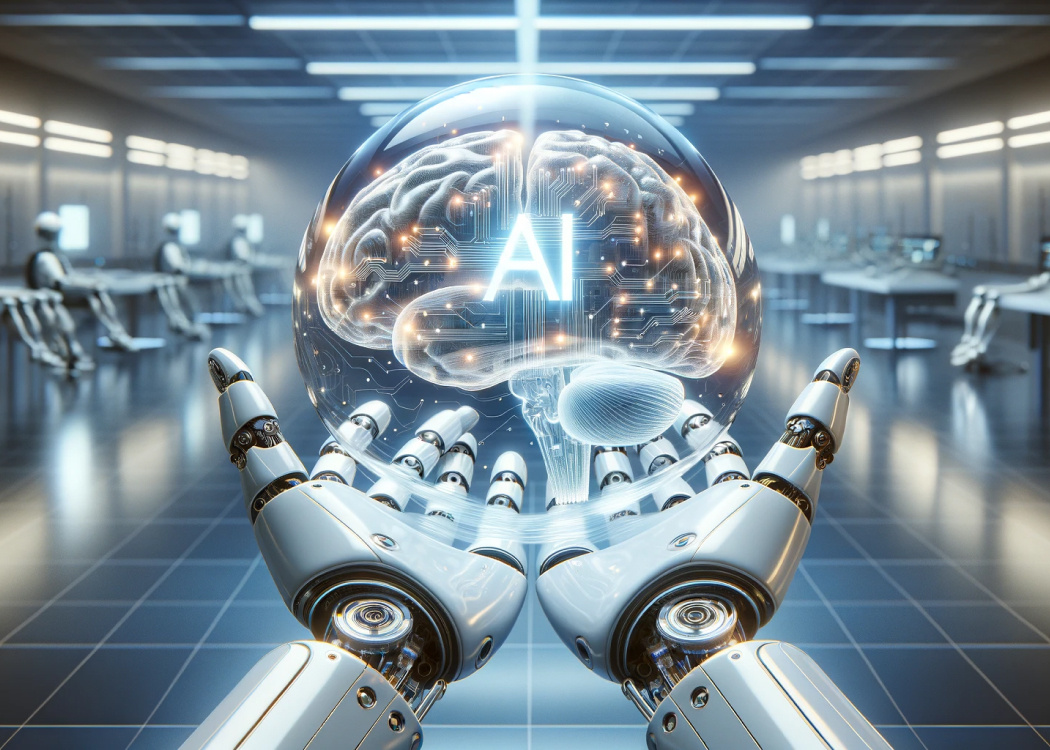How to write AI art prompts
Discover the power of AI in crafting captivating art prompts with our expert guide. Learn about AI art processes, create engaging prompts, and...

We all expect AI to change many industries, including artwork management. But is it really living up to the hype? Let’s take a closer look.
AI has undoubtedly transformed workflows by automating tasks and improving efficiency in some areas. However, when it comes to the complex and creative aspects of managing artwork—especially in packaging, branding, and marketing—AI still faces significant limitations. While it excels at handling repetitive processes, it struggles with context, artistic intent, and the nuances of compliance, making human expertise an essential part of the equation.
Many people use "AI" and "Machine Learning" (ML) interchangeably, assuming they mean the same thing. This confusion is common across industries, including those relying on artwork management software. While ML is a subset of AI—all ML is AI, but not all AI involves ML. AI refers to any system that mimics human intelligence, whereas ML describes how a system learns from data to improve over time.
In the world of packaging artwork management and artwork workflow solutions, this distinction matters. Many users assume AI can “think” and “understand” like humans. In reality, most AI systems—especially those based on ML—are excellent at recognizing patterns but lack true comprehension. This leads to over-reliance on AI for tasks that still require human oversight, such as compliance reviews or visual quality checks in the artwork proofing process.
Companies adopting automated artwork management often expect AI to solve complex creative and compliance challenges on its own. But AI often struggles to interpret context, brand nuances, emotions, and regulatory subtleties—especially important in artwork workflow management where small mistakes can escalate into major packaging errors or legal risks.
It’s also a common misconception that AI can operate without human involvement. In practice, ML-powered AI requires continual training, testing, and corrections to work effectively. This is critical in areas like label compliance within artwork management systems, where an unmonitored AI might misclassify packaging elements or apply outdated regulations.
Understanding these limitations is essential for businesses investing in packaging artwork management consulting services or deploying artwork management solutions. Recognizing AI’s role as a supporting tool—not a standalone decision-maker—helps avoid costly errors and builds a more efficient, collaborative artwork workflow.

Understanding the difference between AI and ML helps set realistic expectations and ensures AI is used responsibly. AI is a powerful tool, but it’s not a replacement for human expertise—especially in creative and regulatory decision-making.
While AI has significantly improved artwork management by automating tasks like tagging, classification, and search optimization, it still faces fundamental limitations that affect its reliability and effectiveness. AI expert Emmanuel Maggiori highlights many of these issues in his book Smart Until It’s Dumb, emphasizing that AI can generate impressive outputs but often lacks true comprehension, making it prone to errors and misinterpretations.
When applied to artwork management, these limitations become particularly evident, affecting how AI interacts with creativity, aesthetics, and data security. Here are the key challenges AI faces in artwork management:
AI processes artwork by identifying patterns in visual data, but it does not comprehend meaning, emotion, or artistic intent. While it can group images based on color schemes, subject matter, or stylistic elements, it lacks the human ability to understand cultural nuances, symbolism, or abstract concepts.
Why it matters:
AI models generate responses based on probabilities rather than actual comprehension. This can lead to AI confidently producing incorrect, misleading, or entirely fabricated information—referred to as "hallucinations."
Challenges AI faces:
Art is inherently subjective, and evaluating its quality requires human emotion, cultural knowledge, and personal interpretation—areas where AI falls short. While AI can analyze design trends and color palettes, it lacks the intuition to recognize what makes an artwork meaningful or innovative.
Why human specialists remain essential:
AI learns from provided data, meaning it struggles with originality and unpredictability. New artistic styles, unconventional compositions, or experimental formats can confuse AI, leading to incorrect classifications or missed opportunities for creative discovery.
How this affects artwork management:
AI is only as reliable as the data it is trained on. If an AI model is fed biased, incomplete, or low-quality datasets, it will inherit and amplify those flaws, leading to incorrect outputs and representation issues.
Potential issues with AI in artwork management:
AI-generated artwork and AI-assisted curation raise critical legal and ethical concerns. AI models trained on copyrighted materials can unknowingly produce works that closely resemble existing art, leading to questions about ownership and intellectual property rights.
Key legal and ethical challenges:
For AI to be effective in artwork management, brands and institutions must provide access to vast amounts of their creative assets, including proprietary designs and unpublished works. This creates potential security vulnerabilities, including unauthorized use and data breaches.
Key security risks in AI-powered artwork management:
AI and Machine Learning offer valuable automation and optimization for artwork management, but they come with significant limitations. Challenges such as misinterpretation, hallucinations, copyright concerns, security risks, and compliance issues—including misclassification, legal liability, and biased enforcement—can lead to serious consequences if AI is relied upon without oversight.
As Emmanuel Maggiori and other AI experts emphasize, these systems are not yet reliable on their own. Human supervision remains essential to ensure accuracy, fairness, and proper adaptation to evolving standards.
At Cway®, we recognize the immense potential of AI in artwork management and are actively exploring its capabilities. However, our priority is delivering high-quality, reliable solutions that meet the needs of our clients. Rather than blindly adopting AI for automation, we focus on integrating it thoughtfully—ensuring accuracy, fairness, and compliance. By combining AI’s efficiency with human expertise, we strive to create a balanced approach that enhances workflow management while maintaining the integrity and security of creative assets.
Related reads you might find valuable:
Empowering Graphic Packaging Designers with AI Technology: Discover how AI can enhance—not replace—creative processes in packaging artwork.
How to Write AI Art Prompts: Learn how to craft better prompts to get more effective AI-generated design outputs.

Discover the power of AI in crafting captivating art prompts with our expert guide. Learn about AI art processes, create engaging prompts, and...
Managing artwork processes across multiple teams, versions, and approvals can quickly become chaotic and error-prone. Traditional methods often lead...

Managing creative assets like packaging, labels, and marketing materials across teams can quickly become chaotic. Without the right tools, delays,...